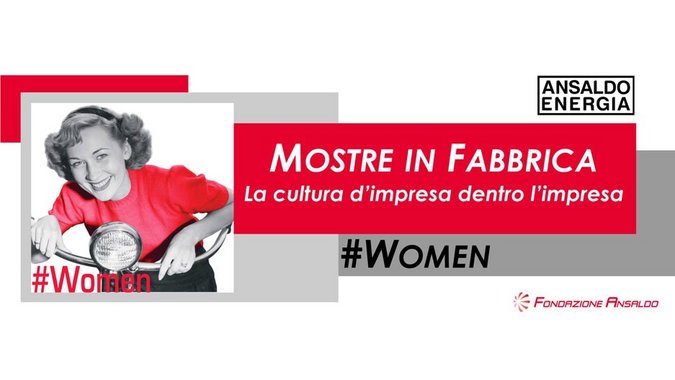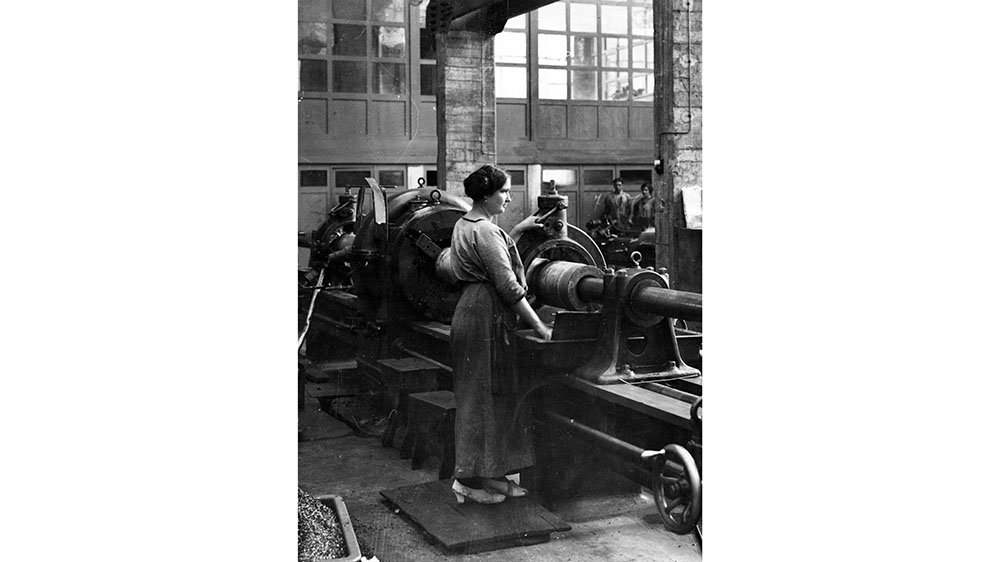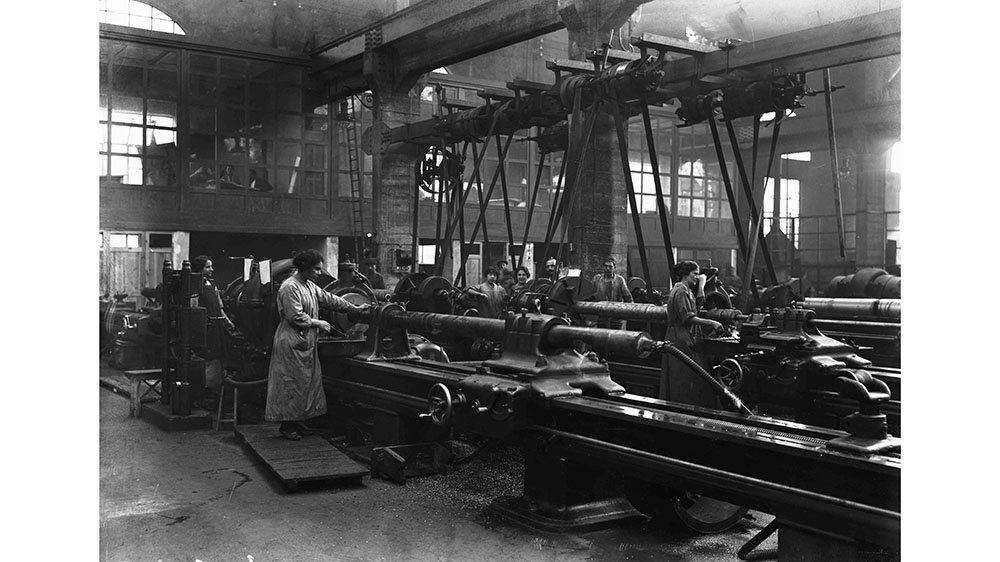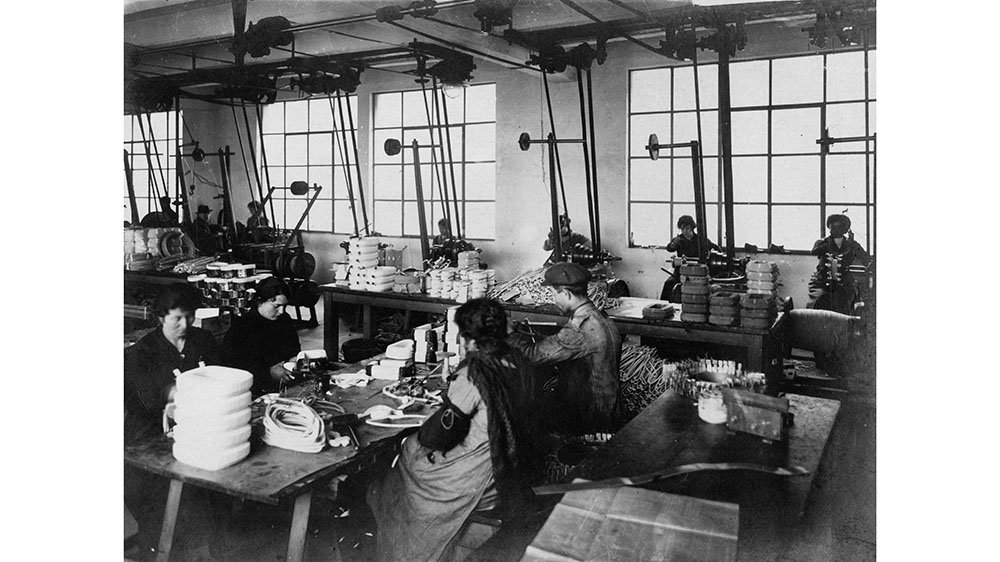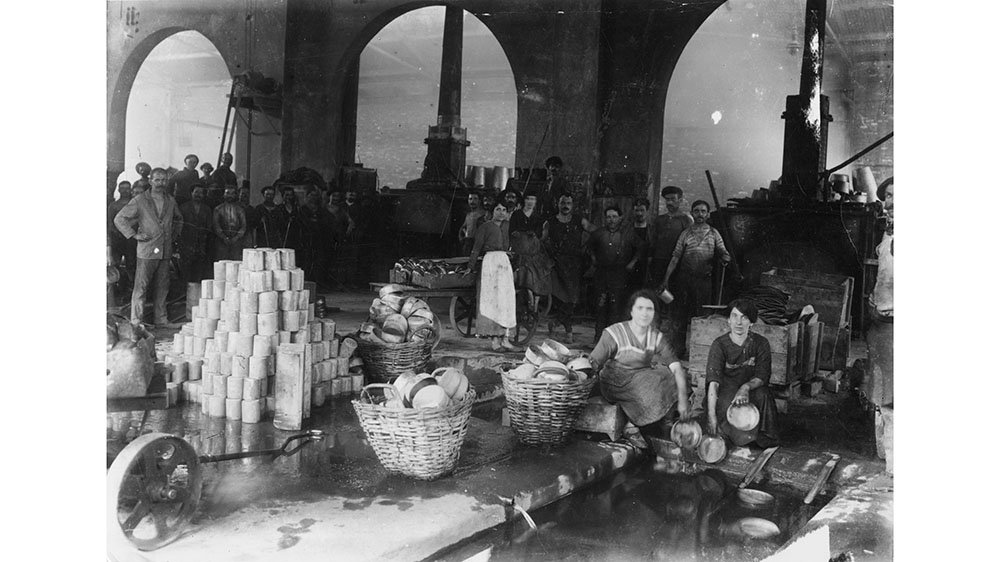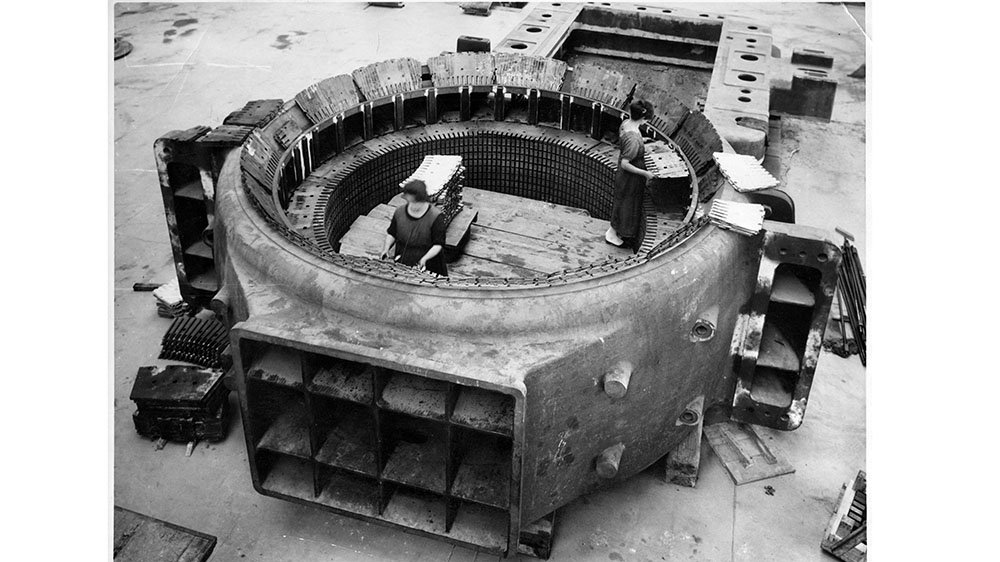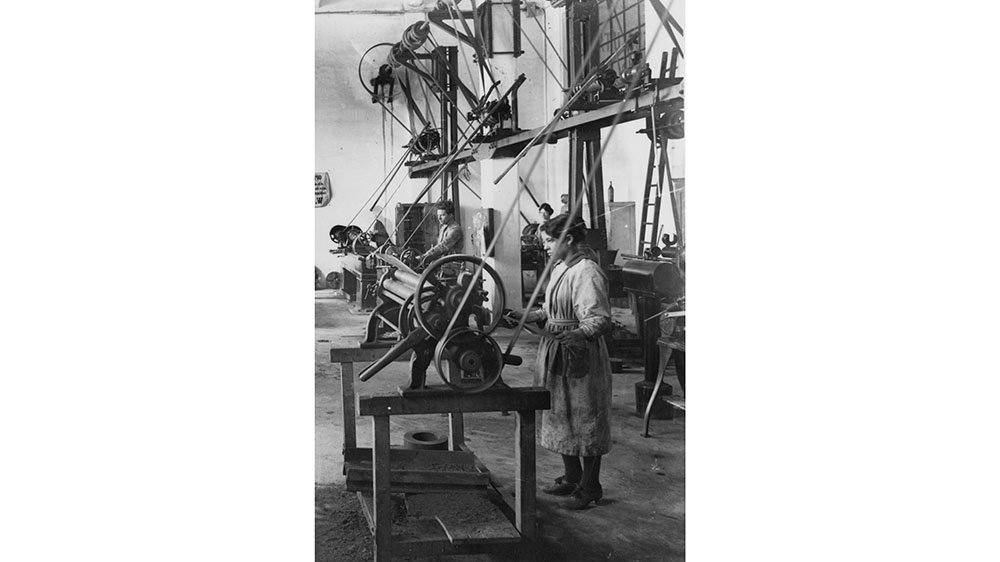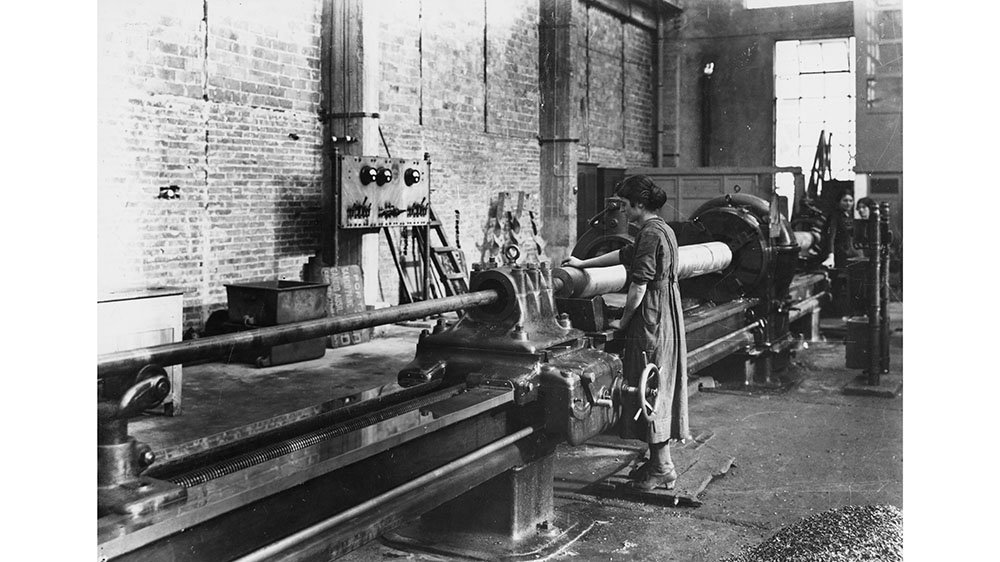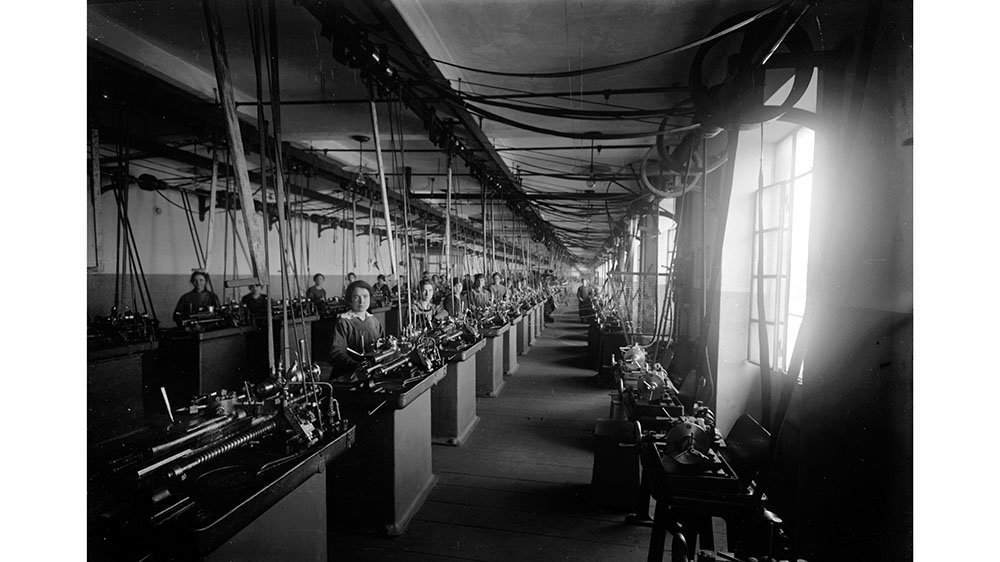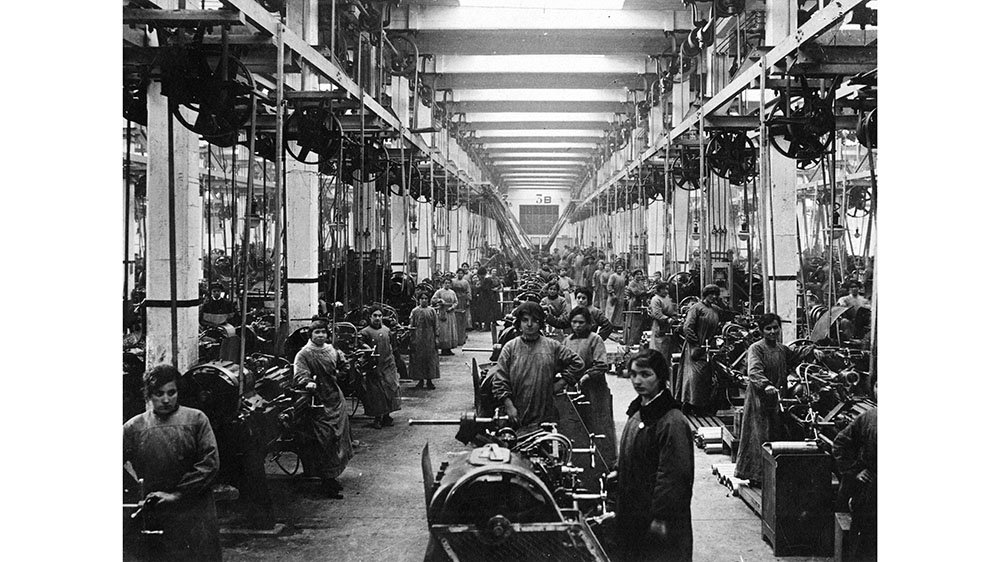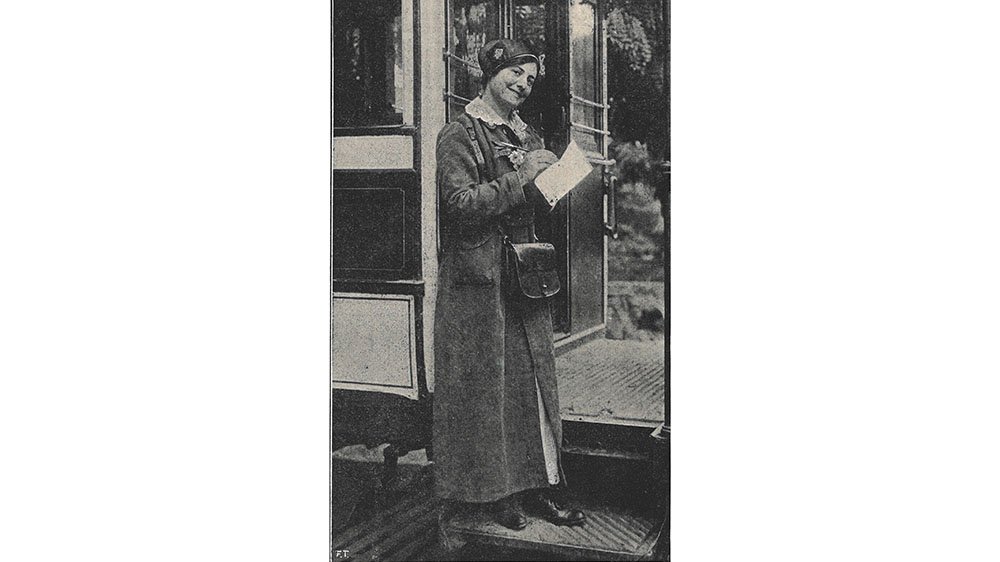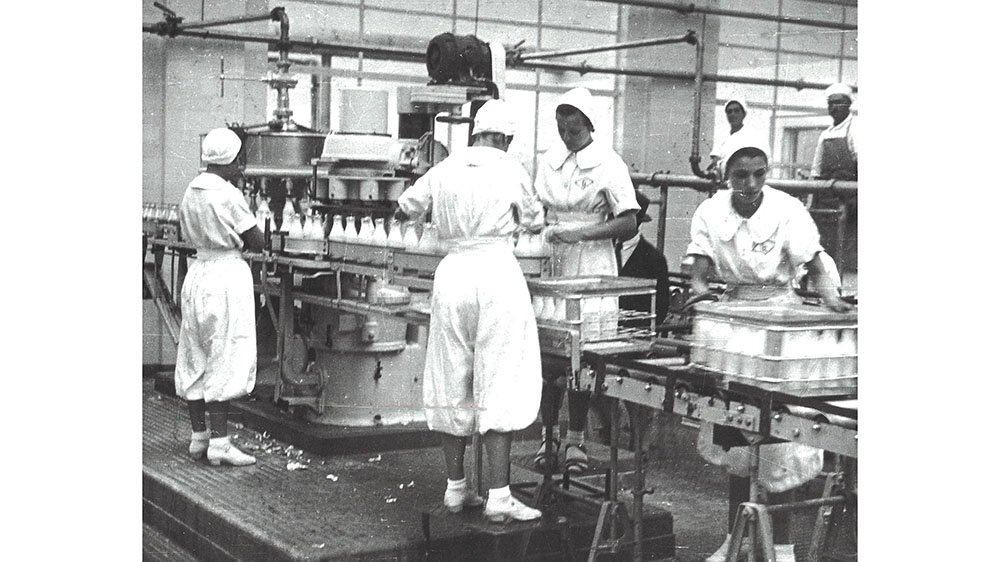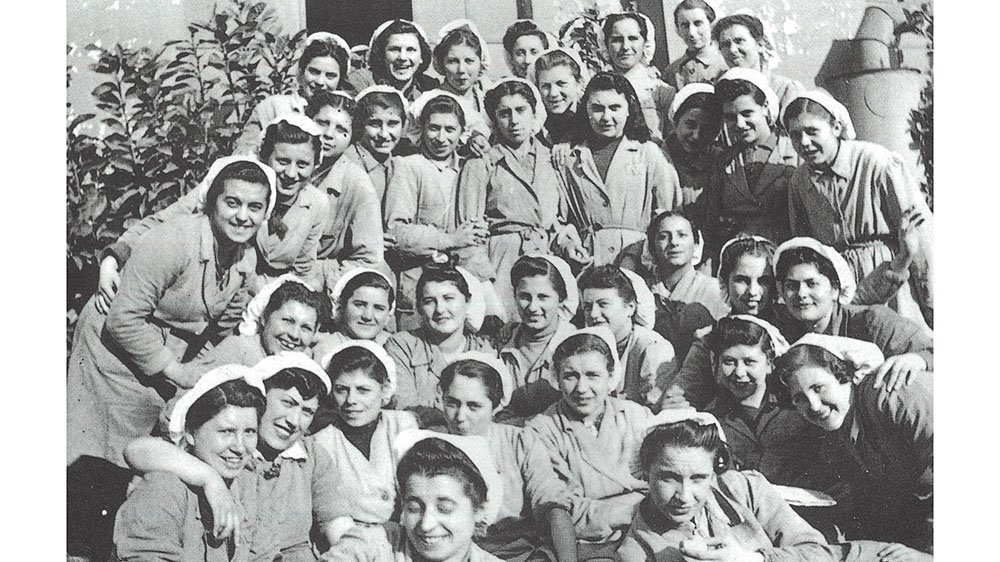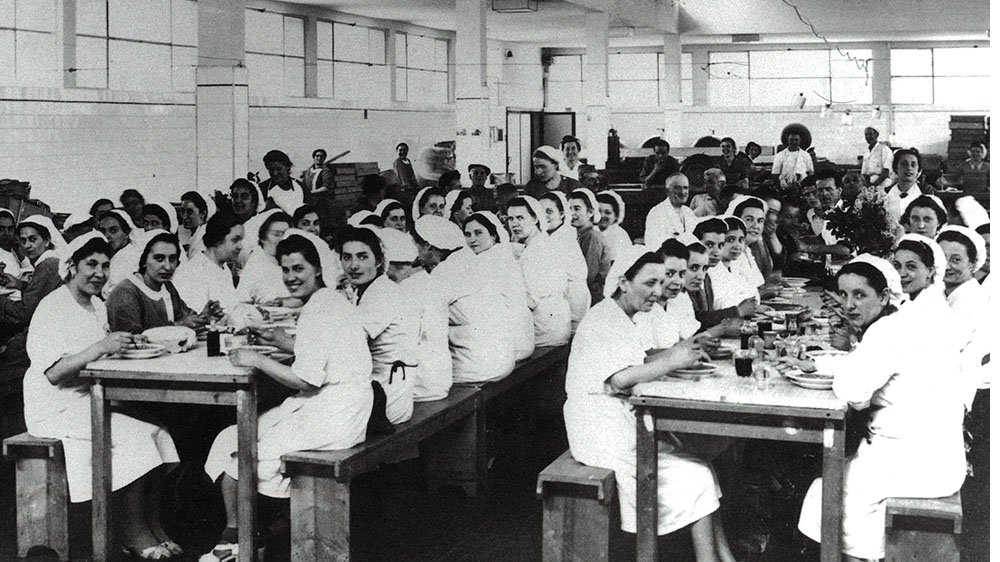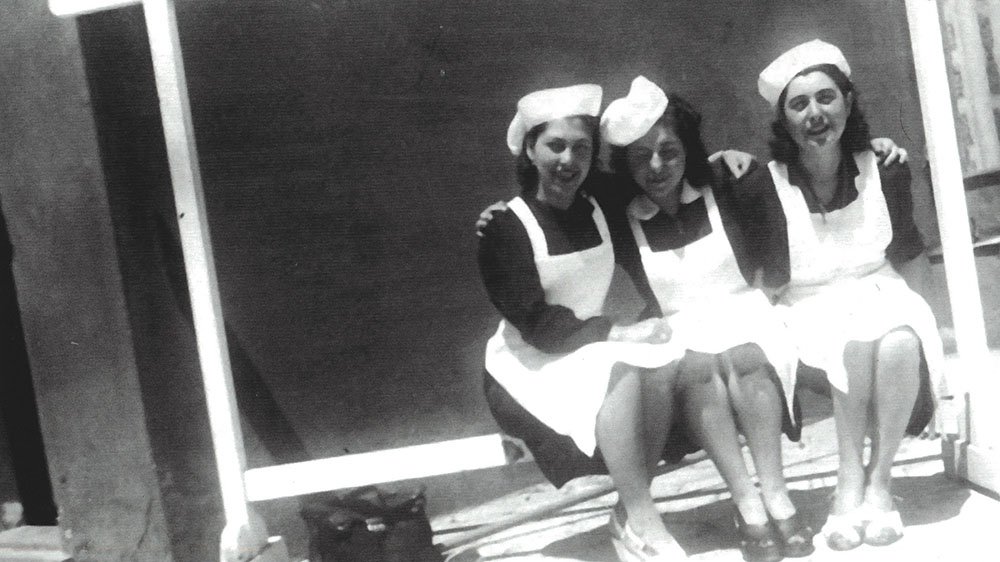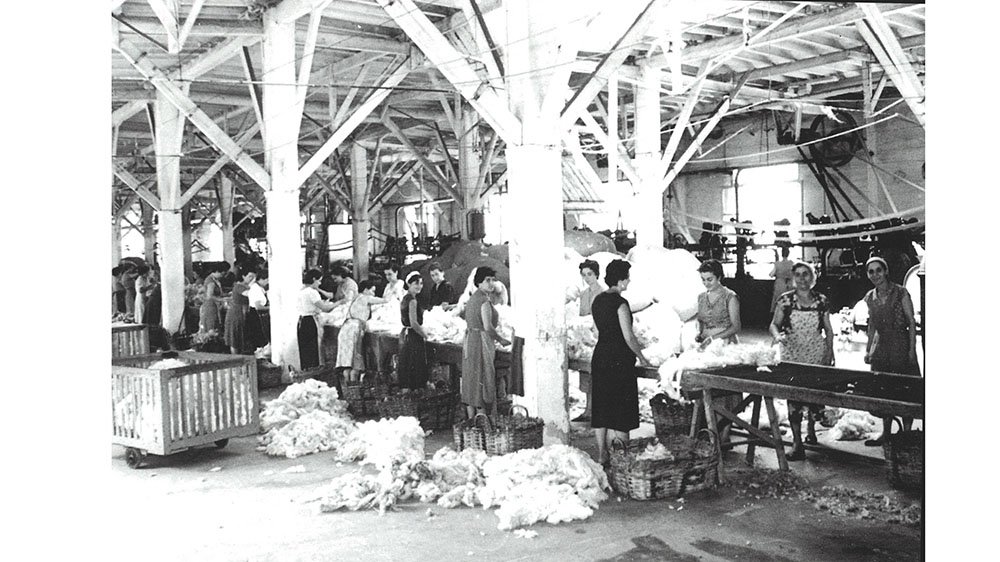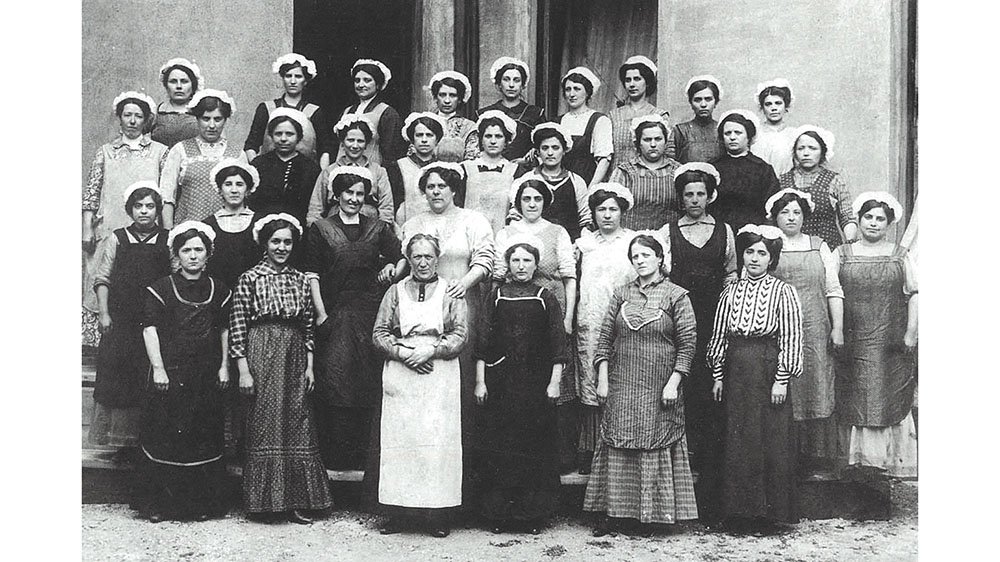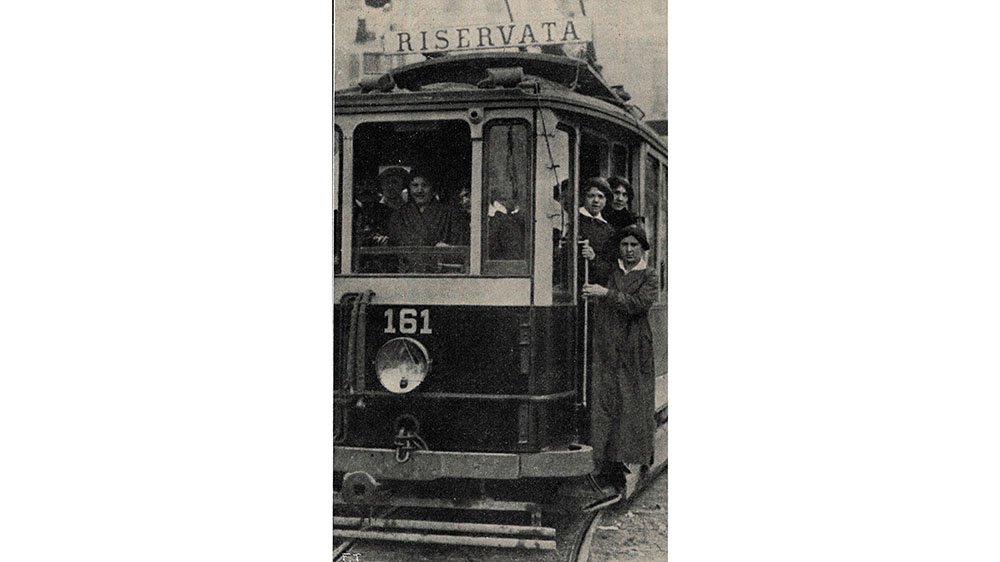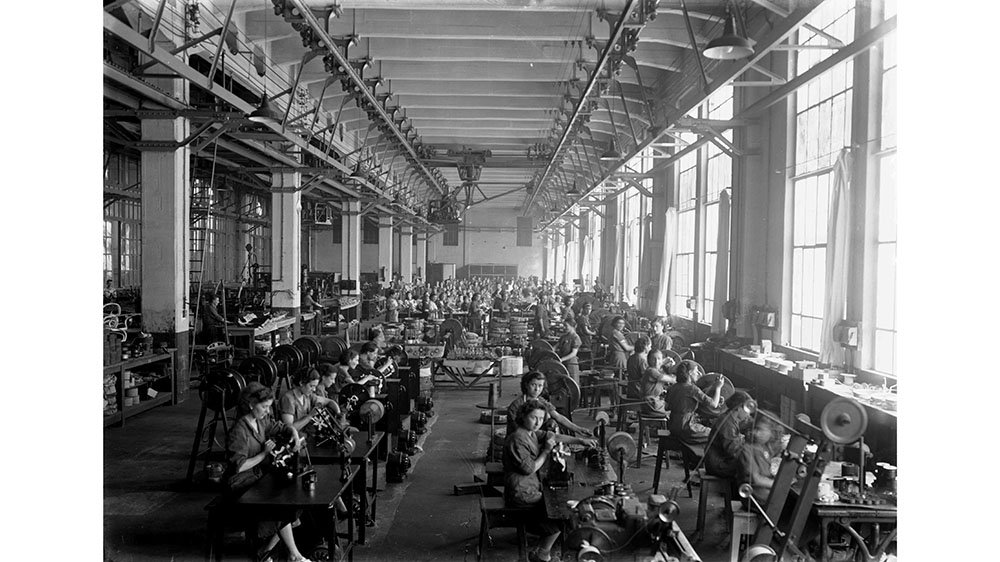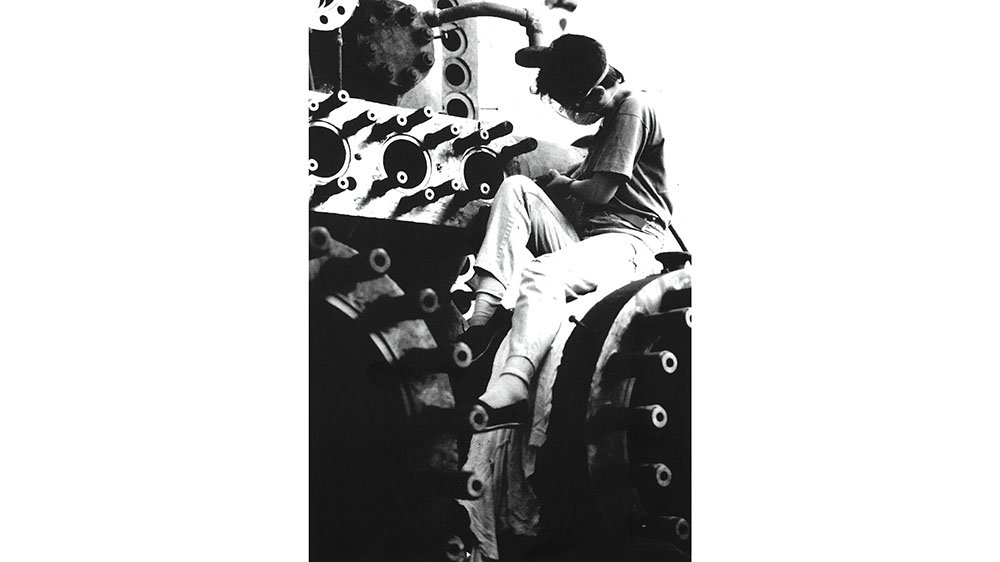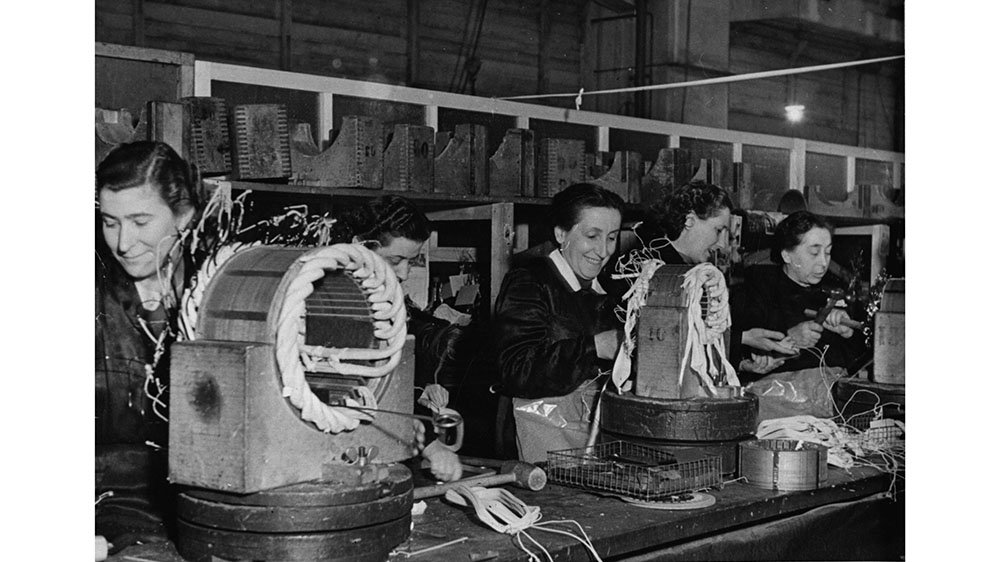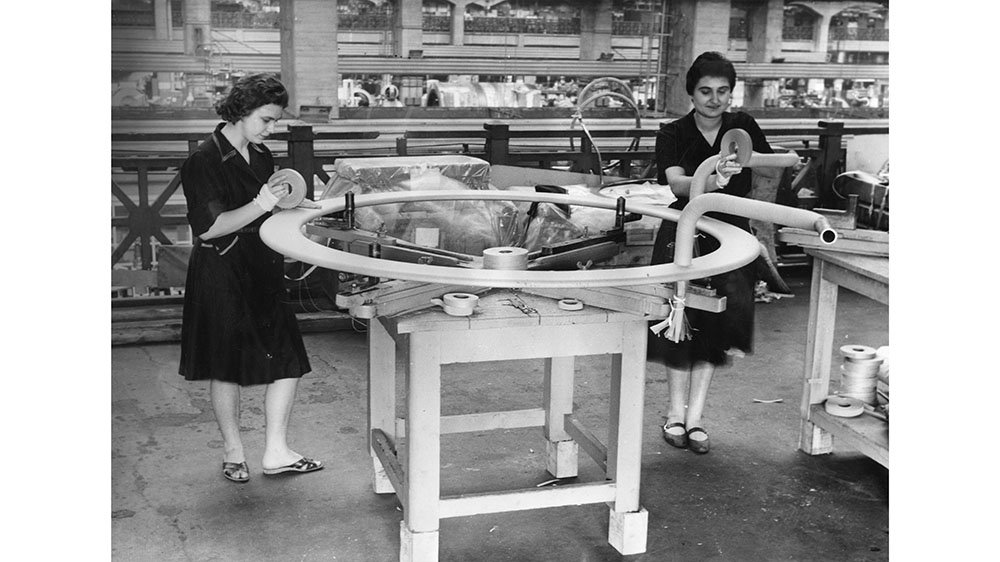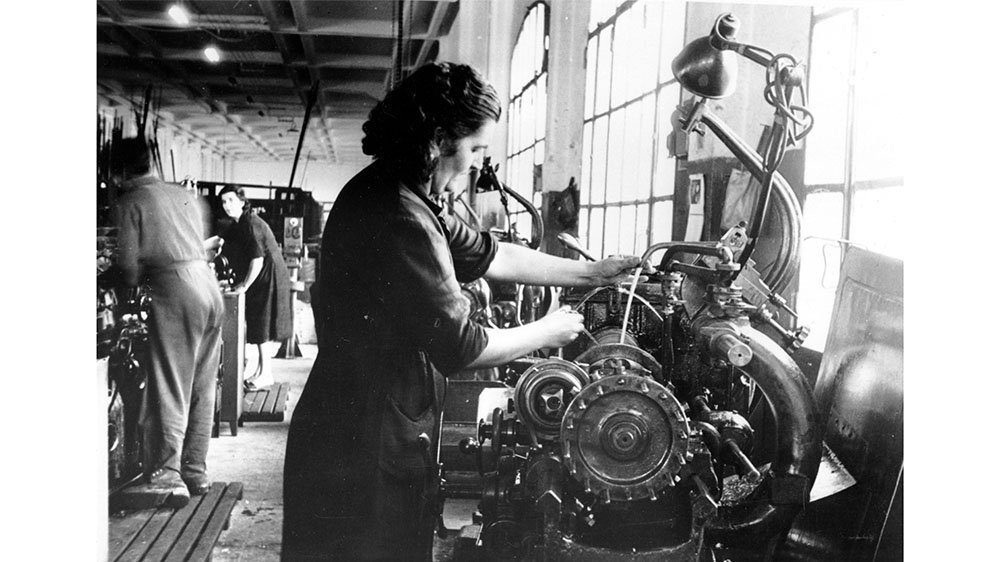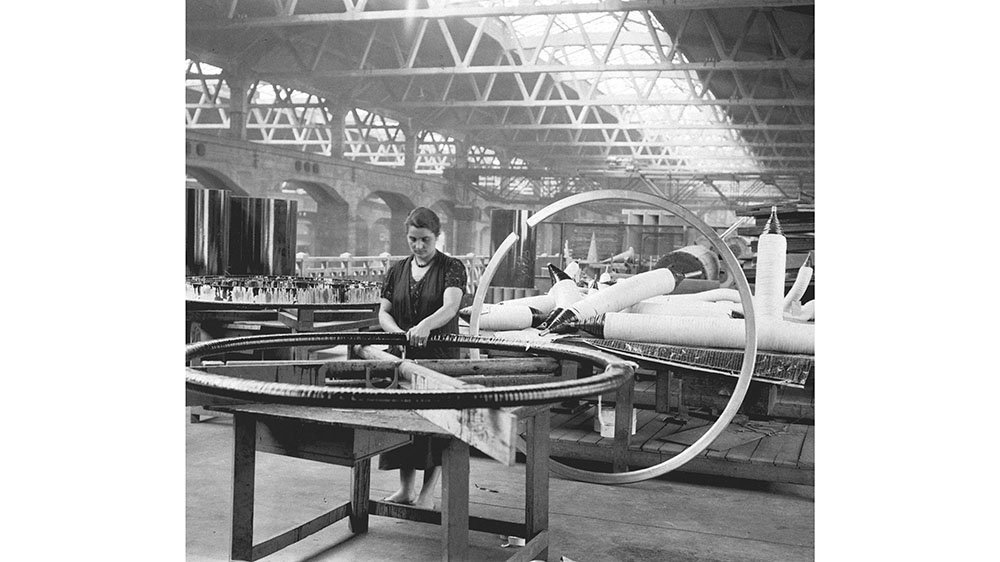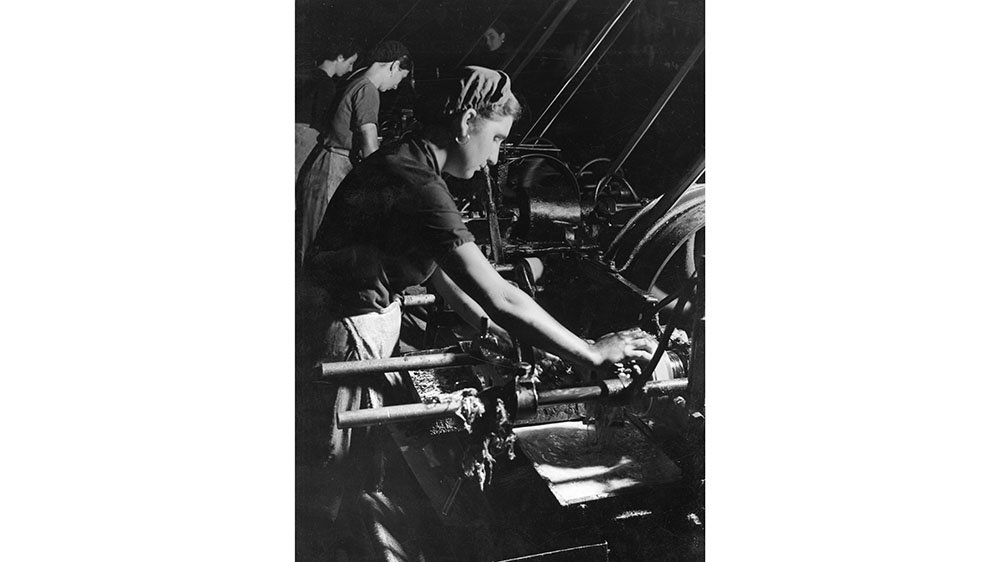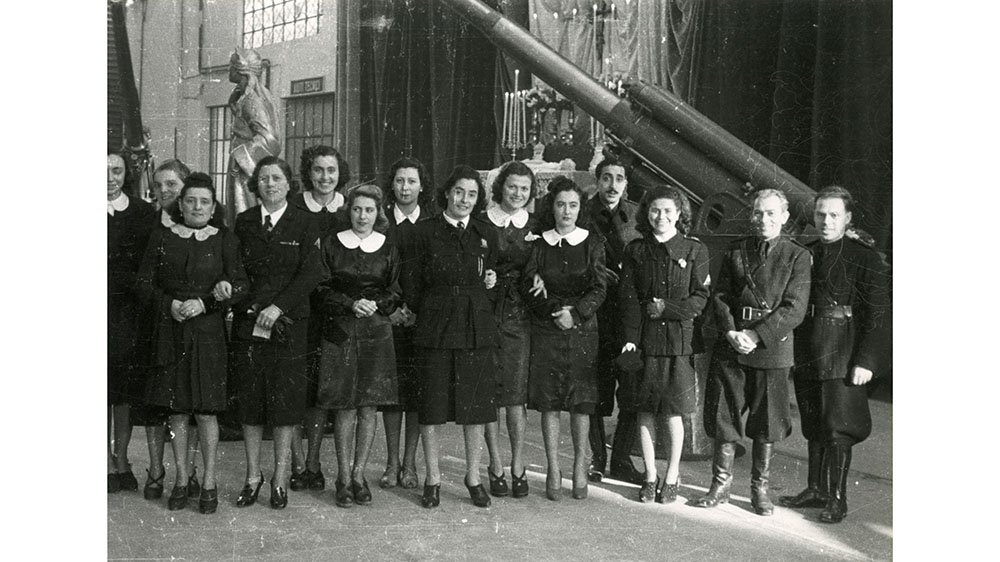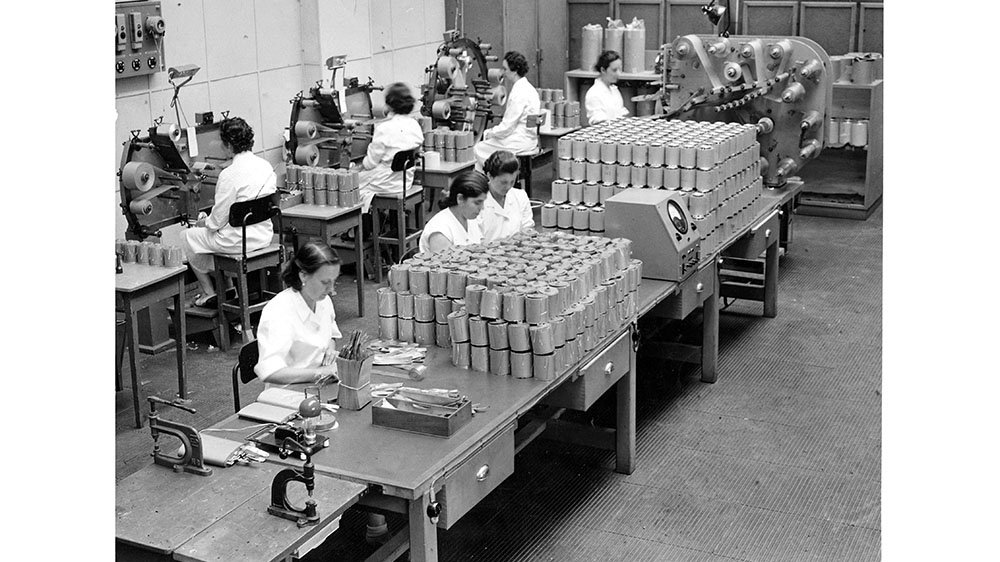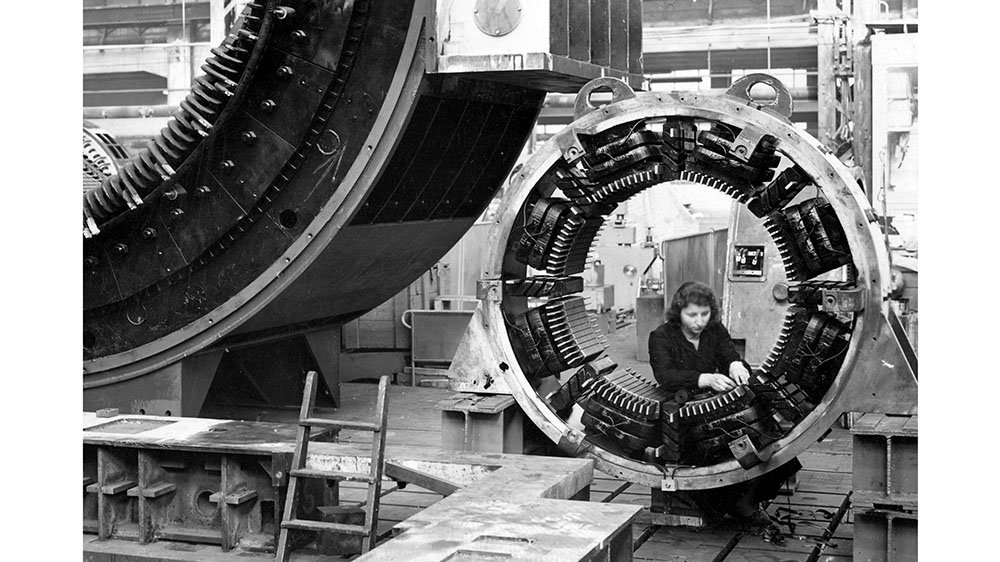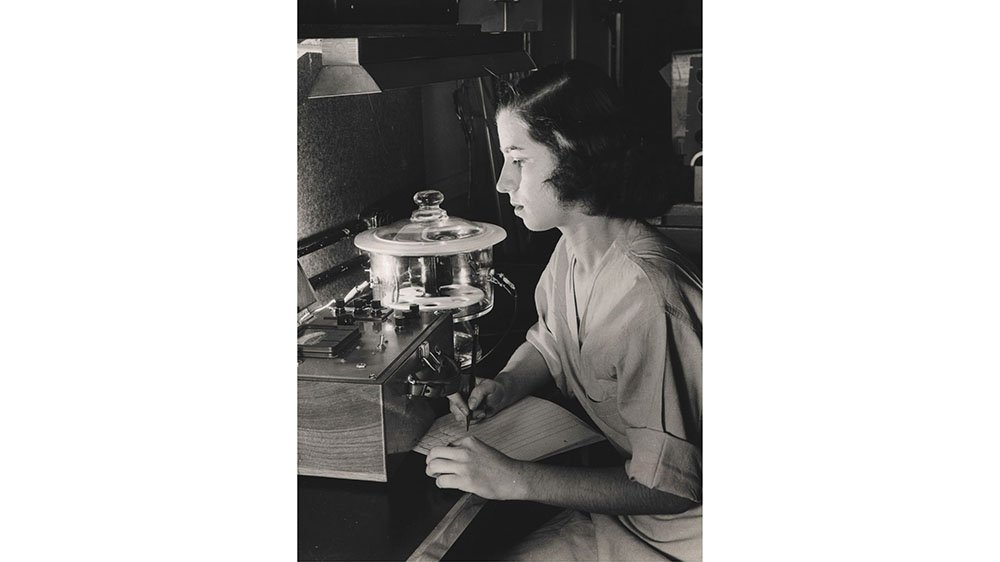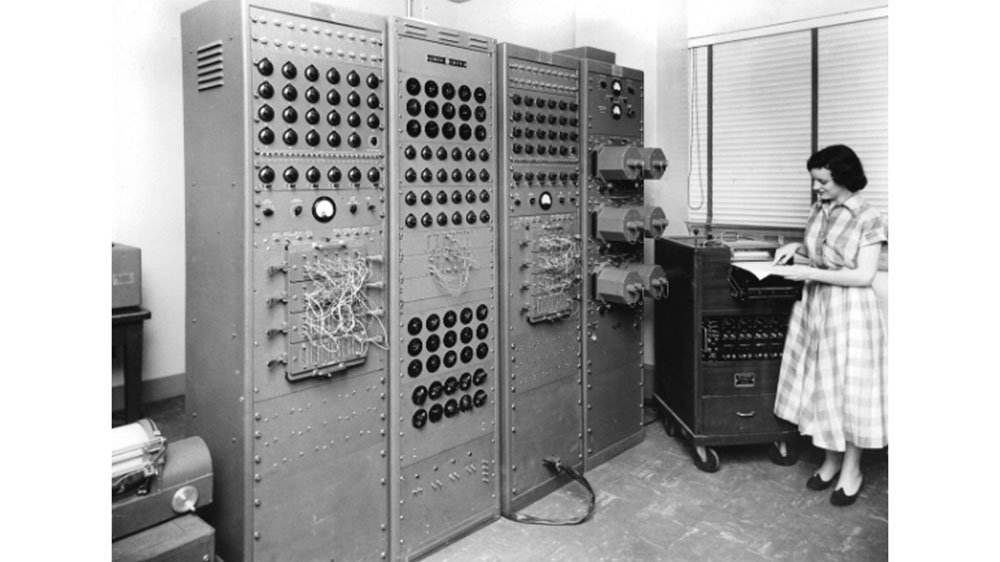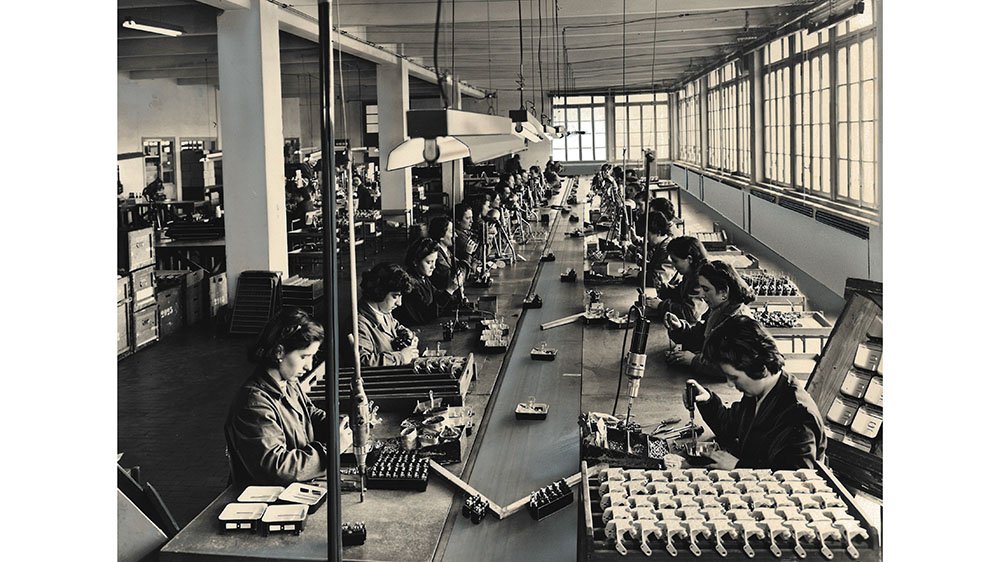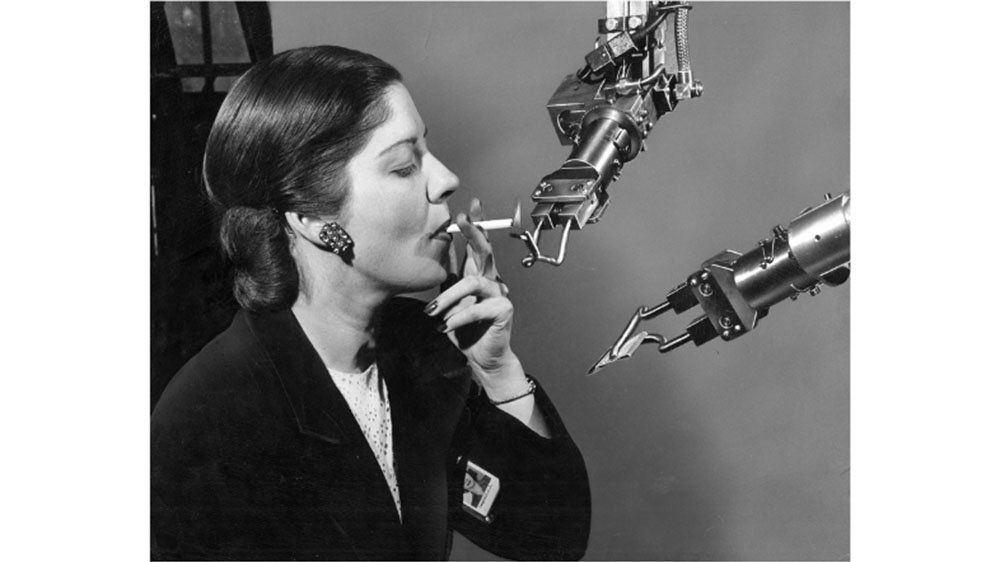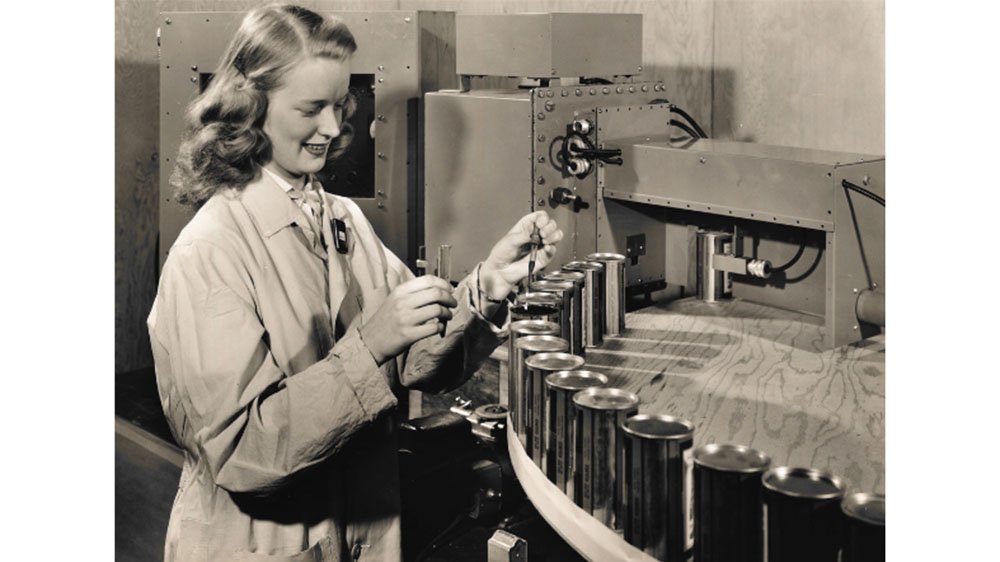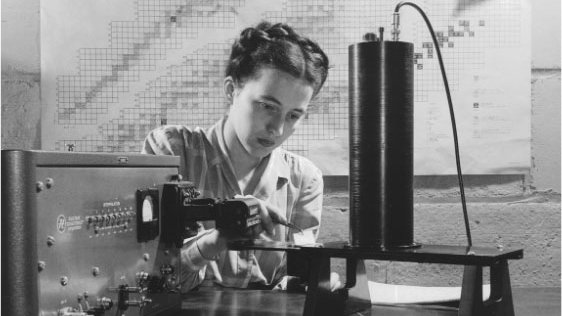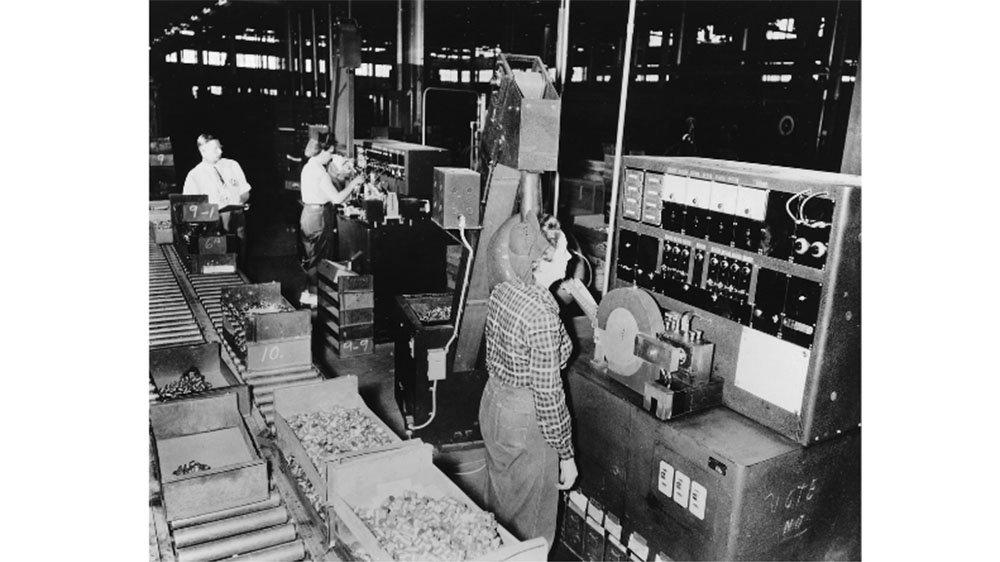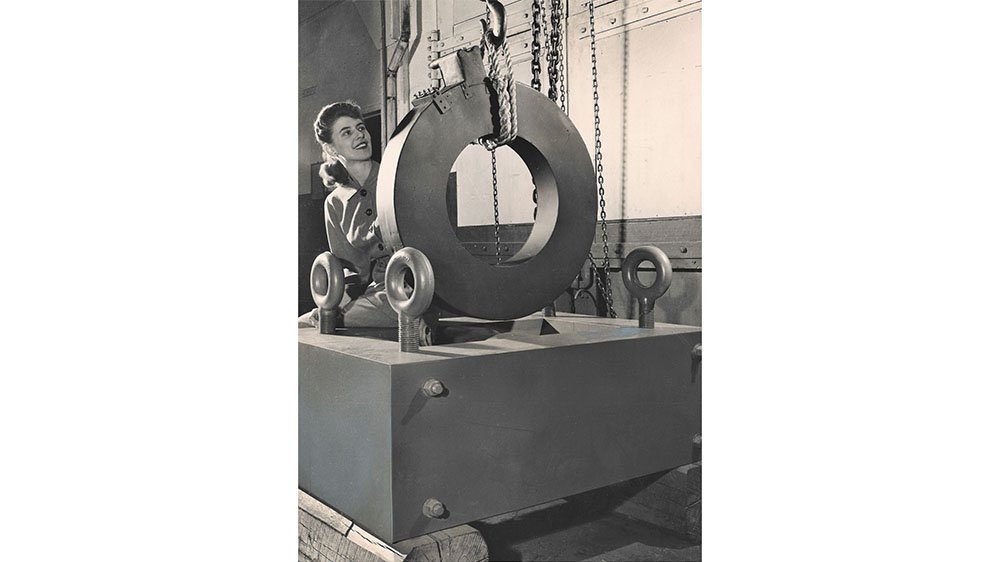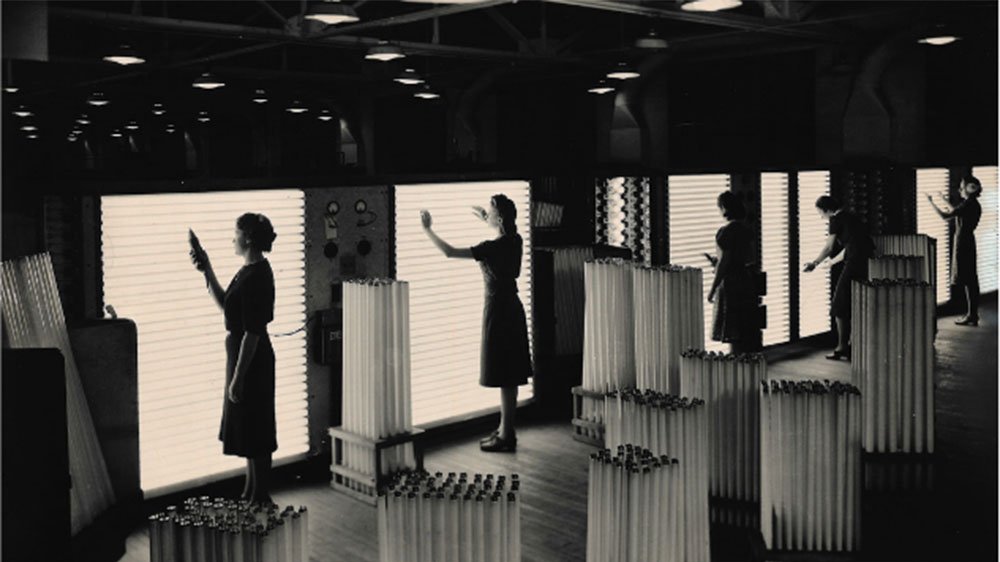February 11th - March 11th - "Mostre in Fabbrica" is a project of Fondazione Ansaldo to bring and spread the corporate cultural heritage...
Mostre in Fabbrica is a project of Fondazione Ansaldo to bring and spread the corporate cultural heritage, of which it is the custodian, within the industrial sites of the supporting companies.
#Women is the first of the events of this project. Through a selection of the most beautiful and significant memories preserved in the Photo Library and in the Film Library of the Foundation, the exhibition presents and illustrates not only the role of women and female work in the factory over the 20th century, but also of their social achievements in times which, although chronologically quite close, are now psychologically distant in memory and for this reason they must be remembered.
For the first time, Ansaldo Energia brings an exhibition in its areas.
#Women is developed in four sections with eight exhibition spaces, which connect places and people between past and present.
A very widespread exhibition, accessible by the entire company population, with the aim of stimulating reflection on the importance of the role of women in the workplace and their contribution to the values of business culture. An important asset, also for the development and rooting of Ansaldo Energia CSV (Corporate Social Value).
Section 1: First World War - Building 1 and Collector Aisle
During the First World War, about six out of seven million men of military age left for the front and women were called to fill the void that had been created. Over 180,000 women were employed in the war industry alone.
Their entry into the workplace was not easy, the presence of women was often perceived as a subversion of the natural order, if not a real "attack on morality". Very often, the new hires were accused of being the object of interested favoritism by the male bosses. In the numerous protest letters addressed by staff to factory managers, women were even described as "sluts" longing for luxury, profiting by virtue of their new social and economic status.
However, the several testimonies also tell of the awareness and pride for work that offered independence, a place where relationships, friendship, solidarity are built, where the idea of oneself develops, as a worker and as a woman, thus breaking the traditional patterns and roles considered as male occupations and leading to that long process, still ongoing, called emancipation.
Section 2: Factory Girls 1920s – 1930s - Cornigliano and Fegino plant Collecting Aisle
The end of the First World War represented a halt in the process of women's emancipation, because women, who had been hired during the war and had conquered a new position within the company, were fired when veterans were back, to ensure a relocation of the latter to civil society. The defeat of female employment was evident only in 1921, when one million and 173,000 fewer women were employed in industry than in 1913, i.e. before the war.
The war also cost millions of human lives and, as a result, women were forced to re-enter the ranks in their family roles and procreative and maternal tasks, to ensure the survival of the community. However, at the end of the war, the ruling classes, after relying extensively on women's sense of civic responsibility, could not fail to show themselves more benevolent, or at least more attentive, to women's expectations. The duty of commitment inevitably called for the right of citizenship. Therefore, the question of voting for women, at least administrative, began to impose itself in the political debate. Among patriarchal regurgitations and various kinds of resistance, active and passive electorate were granted to women only in 1946.
Section 3: Ansaldo photos from the 1950s – Fegino Canteen – Fegino Second South Aisle
During the years of the economic boom, the struggle inside and outside the factory and the search for a difficult balance between work, family and social commitment, feminism became a movement that led to important political and social achievements for women.
The real turning point came in 1977 with law no. 903 on "Equal treatment between men and women". The promoter of this legislative revolution was Tina Anselmi, minister of labor and female prime minister of the Italian republican history. Thanks to this innovative law, there was an immediate leap in women's employment in Italy. The first article prevented any discrimination based on sex, while article 2 provided for equal pay for all. Other rules on the survivor’s pensions, the protection of working mothers, even if adoptive, and the paid maternity leave, made the Anselmi law a milestone in the history of women's emancipation.
Therefore, even though the civil and working conditions of women in Italy have definitely improved over the last fifty years, there are still many critical issues affecting the employability of women, reducing their career and salary opportunities.
Section 4: Factory Girls in the 1950s - Campi Canteen - Ansaldo Nucleare
During the years of the economic boom, the struggle inside and outside the factory and the search for a difficult balance between work, family and social commitment, feminism became a movement that led to important political and social achievements for women.
The real turning point came in 1977 with law no. 903 on "Equal treatment between men and women". The promoter of this legislative revolution was Tina Anselmi, minister of labor and female prime minister of the Italian republican history. Thanks to this innovative law, there was an immediate leap in women's employment in Italy. The first article prevented any discrimination based on sex, while article 2 provided for equal pay for all. Other rules on the survivor’s pensions, the protection of working mothers, even if adoptive, and the paid maternity leave, made the Anselmi law a milestone in the history of women's emancipation.
Therefore, even though the civil and working conditions of women in Italy have definitely improved over the last fifty years, there are still many critical issues affecting the employability of women, reducing their career and salary opportunities.


